Small footprint reloading
Thought I would write this up for anyone contemplating their navel over getting into reloading simply. These are my views and experiences; your mileage may differ.
Over the last year or so I put together a reloading kit that fits into a small toolbox. The original idea was for a range kit as my range is nearly an hour’s drive each way. I never got to use it that way mainly because once I had got through an incremental test series (ladder test), for a couple of loads it was time to go home anyway. I kept the kit together expecting the day would come when I would want to refine a load on the range – I just haven’t got there yet. Also, with the idea that if I went on holiday for a couple of weeks, I could take some reloading with me. What has come first is a lockdown right in the middle of a planned relocation from one city to another where I find myself on my own potentially for several weeks, all my reloading gear in storage except my portable kit, and my partner at work in another location as an essential worker. I have my firearms with me as they will be the last thing to relocate given secure storage issues. I had the foresight to hold back some components for a new-to-me rifle, a CZ 550 in 6.5x55 Swede, along with dies etc, as I was waiting to collect it just before lockdown happened. What follows is an account of my reloading on the kitchen table with my small setup. Others might do it differently but hopefully this will also be of use to those wanting to start out but needing to keep things simple and small footprint. So, here goes…
Tho any box will do, I bought a cheap plastic toolbox from Bunnings that has a lift-out carry tray in the top. The tray has a handle with holes for fingers underneath which is a pain in the arse for small things dropping thru in transit. The first thing I did was fashion a heavy cardboard plate to glue underneath. It’s a Craftright 435mm ToolBox and has a couple of removable clear plastic boxes set in the lid.
Inside the main compartment I have the largest item, a Lee Handpress in its box which fits neatly in the bottom, plus the body of a small Lee beam balance powder scale kept in an old plastic screw box with the powder pan assembly. The beam part is in a plastic bag which lives in the tray. The hand press includes a Lee Ram Primer. I have room in the main compartment to add my boxed Frankford Arsenal Digital Callipers, a Hornady Digital Scale, my box of Lee Universal Shell Holders, a couple of sleeves of primers, a box of projectiles, a Hornady case lube pad with a lid that acts as a reloading tray for 50 cases, a Redding Powder Trickler, (the lovely little green heavy one), a small Lyman powder funnel, some Glad Ziplock snack bags and a box of dies.
In the tray lives a tube of Lee Resizing Lube, a couple of Lee powder scoops, some Q-tips in a baggie, a tin of Imperial Sizing Die Wax, half a roll of envelope address labels (permanent kind), a small calculator, a couple of spare Lee press breech lock bushes, a pair of adjustable pliers, a couple of sharpie permanent makers, various pens and pencils and a short steel ruler and somehow there is room for a small bag of 20 or so brass. I also have room for Lee case trimming tools if I feel the need. Normally I do my case prep on the reloading bench thru to primed brass stage. While I can manually prep a few cases including length gauging and priming, its easier to carry prepared and primed brass with me. Powder I carry separately in a mini cooler that will take 3-4 500g bottles. Also separate, usually in my range bag, are my Reloading notebook and any data resources I need.
The Hand Press. I have Dillon and Lee presses on the bench. This hand press I have become very familiar with, and it continues to impress me. I can’t see me carrying it in my Jeans hip pocket per Lee’s advertising, but I could easily do all my rifle reloading with it which tends to be low volume and batch mode. There are a couple of tricks I learned. One is to use it seated so that the bottom handle can be jammed against your leg. I’m right-handed so the left hand does all the holding with the right-hand operating. I hold the press so that when a case goes into the shell holder, my left-hand fingers can curl around and hold the shell in place. A simple technique that makes raising the Ram to prime, decap, resize, or seat a bullet into a powdered case pretty much fool proof. Full length resizing of, say, a 30 cal case takes a bit of effort. I’ve done batches of 100 at a reasonable pace and it’s a good bit of exercise for the pectorals. I favour the Lee case lube as it works wet or dry and goes an awful long way. I can easily apply it with my fingers or I can tumble brass with it in an old ice cream container. By the time I’ve lubed up 100 brass its dry when it goes into the die. The spent primers drop into the ram. You want to empty the ram out every half doz cases or so else they tend to jam up a bit.
NB: Pick somewhere other than your eating or food prep area to decap. The burned primer material is heavy metals toxic for most primers still. The residue is particularly dangerous to kid’s gland development. I do it over an old towel I can shake out safely and put in its own wash cycle. The rest of my reloading I do at the kitchen table on an old mat, but not depriming.
If your hand-press is the current breech lock version, and you use a breech lock from Lee with the integral lock ring, you will need to remove any other lock ring on your dies first in order to be able to thread them down far enough, in particular the FL decap and size die.
I use the merest smear of gun oil to lube the ram as it is constantly in contact with your hands. You will not want to grease it. Dry lube would be better.
Powder weighing. Many folk would just use a digital scale. They have their place but having tried them at length I much prefer the accuracy of a balance beam. Check out this vid for why -https://youtu.be/LzGaPv_3oWQ
The little Lee Powder Scale is a bit of a cheap dog. Its usefulness is that it can be very accurate, as accurate as any much more expensive scale, and it is small so suited to portability, and of course its low price. Its most annoying bits are the poor magnetic dampening and the unusual poise reading and adjustment. Both are easy to overcome. Get you a little stack of strong magnets from Aliexpress or similar. I have some with holes in the centre. I placed 3 on top of each other on the side of the scale housing opposite the needle pointer, where the integral magnet resides. They stick there well just from magnetic force. A miracle occurs – the pointer now stabilises as quickly as the best most expensive scale out there. Secondly, to adjust the poises, always remove the beam from the scales. There is a little plastic locking pin at the poise end. This is crucial to use. It is easiest to lock and unlock when the beam is in your hands. The posies work on a slide with aperture windows that show a white line when you are at the target weight. Hard to explain but just spend the time to figure out how they work. Once you have your head around the poises setting they are a piece of piss, and very accurate. Set the poises to the desired weight and return the beam to the scale. Here’s the next ugly bit. The beam balances on a knife edge like all of them. Perhaps because of its small size and lightness the Lee one tends to get a fraction sideways on the knife edge and jam. Others will do this at times too, even my expensive Dillon. Just tap it lightly on the side to check each time you weigh. This becomes so habitual you stop noticing it. Hey, its cheap!
Always zero the scale in the exact position you will use it before setting a target weight. The brass knurled zero knob is held to its adjustment by a weak spring behind it on the threaded rod. I intend to upgrade this spring asap to get a more positive hold. Set the scale up high on something to eye level for ease of reading and accessing the powder pan. I use my toolbox while I am seated.
One caveat, beam balance scales do not work well in wind. If you do not have a sheltered facility at the range then you will be better using powder scoops of pre-determined accuracy such as bench-rest shooters might.
Set your powder trickler so it is handy with the spout over the powder pan but make sure it does not interfere with the pan when weighing. Always place the powder pan on the end of the beam with the handle out and the point facing inwards – makes it real easy to lift on and off the beam. Once you become accustomed to it this little scale will do as good a job as any and it can be had for about a quarter the price of a high end one.
When I have made my four test cartridges with the desired charge, I immediately label them by writing on the case with the sharpie. I note the powder and load – e.g. 2217 49.5g and the projectile – e.g. 140gn Sierra Match BT. I know that by the time I get to the range I will have forgotten things. The 4 rounds then go into a Ziploc baggie which gets labelled with better info – e,g. 6.5x55, 140gn Sierra Match BTHP, 2217 – 49.5gn, COL 3.60, Fed 205, x4, 22/8/21. This is all the info I, or someone else, will need to identify what is loaded. The date corresponds to the data sheet in my load notebook so I can always reconcile it back. If rounds get loose the info on the case is enough to link them to the info on the bag and on the bag back to the notebook. There is nothing worse than getting to the range, getting some test loads out, then wondering which ones they are. Others use ammo boxes. Whatever you do, whether for test loads or finished loads for range or field, make sure you have some way to infallibly recognise them. Handloads are not factory ammo and wrongly used can be disastrous. Projectiles can look like a hunting bullet but actually be designed for punching paper. Best to be sure.
If you’re in a flat, an apartment, hanging out for a while in a bach or a motorhome, anywhere that you can’t have a permanent loading bench, a setup like this might be useful. Or if you are a youngster or even an oldster starting out reloading and not spending a whole lot up front is a consideration. Of course, you can have a bigger box and a bigger, better set of scales. Or even a full bench mounted press with some sort of clamping system. The world is your oyster. Or you can go further down market and do it all tap, tap, tap with a Lee Loader hand system, powder scoops and a mallet. Up to you. The main thing missing from the above is case cleaning and prep for any volume and storage of components. Both are easily overcome. Lee’s case gauge system, chamfer and deburring tool, a battery drill, and some steel wool will give you the cheapest and a quite accurate prep setup. A larger chilly bin will store more jugs of powder safely and a separate smaller one will store primers – both in a cool dry location. Projectiles and brass can go about anywhere you can find room. Loaded ammo of course goes in your lockable box.
Please add to the thread your own systems/experience/tips/questions.
Here’s some photos. Happy reloading!
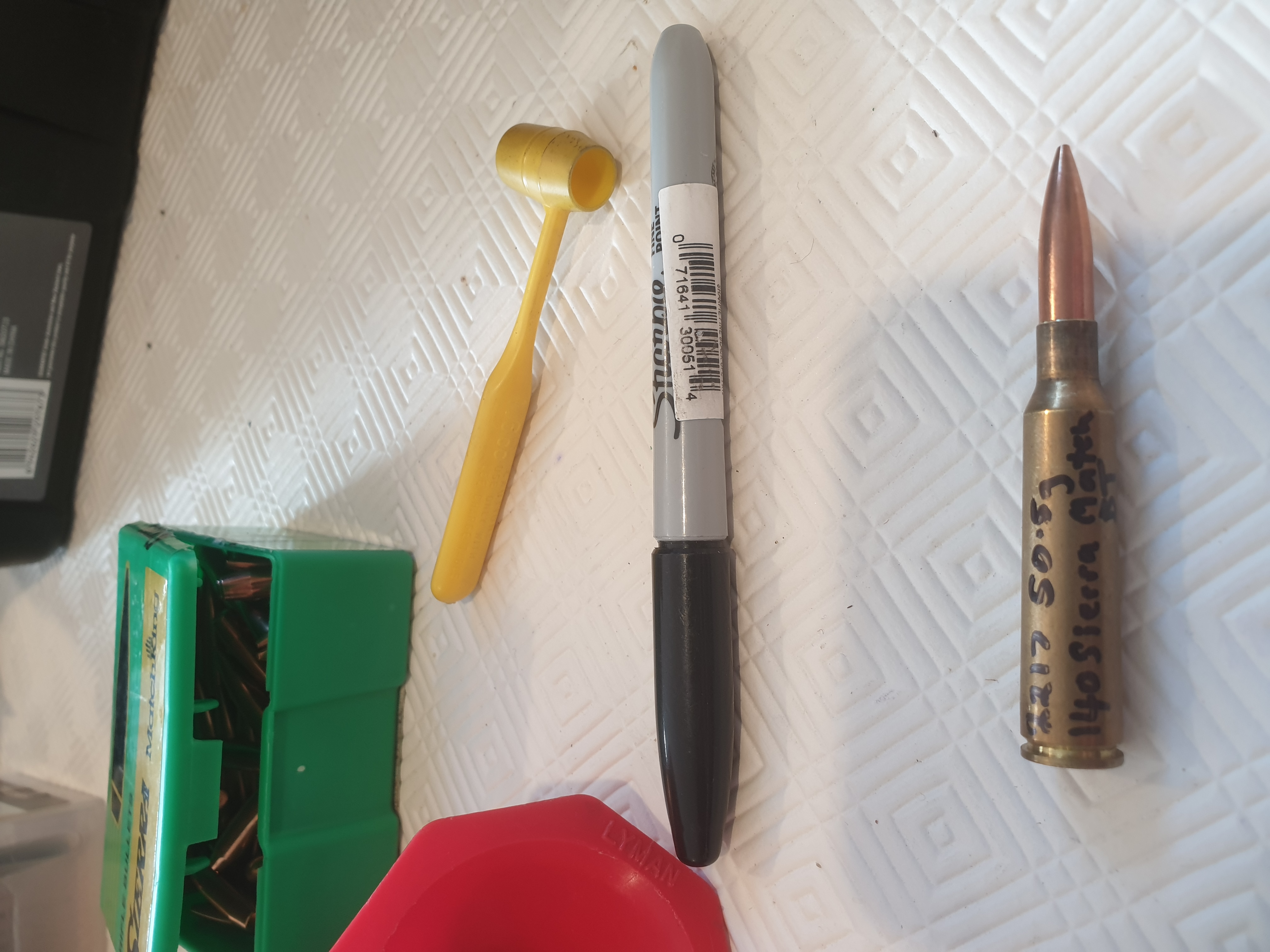
Welcome guest, is this your first visit? Create Account now to join.
Welcome to the NZ Hunting and Shooting Forums.
Search Forums
User Tag List
Results 1 to 15 of 15
Threaded View
-
23-08-2021, 04:58 PM #1Member

- Join Date
- Apr 2017
- Location
- The 'Naki
- Posts
- 2,603
Small footprint reloading -Beginners also...
Similar Threads
-
Fly fishing for beginners
By Pengy in forum FishingReplies: 3Last Post: 29-09-2019, 10:09 PM -
T3x footprint?
By Wildman in forum Firearms, Optics and AccessoriesReplies: 1Last Post: 07-03-2017, 06:09 PM -
Beginners gun
By oraki in forum ShotgunningReplies: 24Last Post: 21-03-2016, 07:29 PM
Tags for this Thread
Welcome to NZ Hunting and Shooting Forums! We see you're new here, or arn't logged in. Create an account, and Login for full access including our FREE BUY and SELL section Register NOW!!




 28Likes
28Likes LinkBack URL
LinkBack URL About LinkBacks
About LinkBacks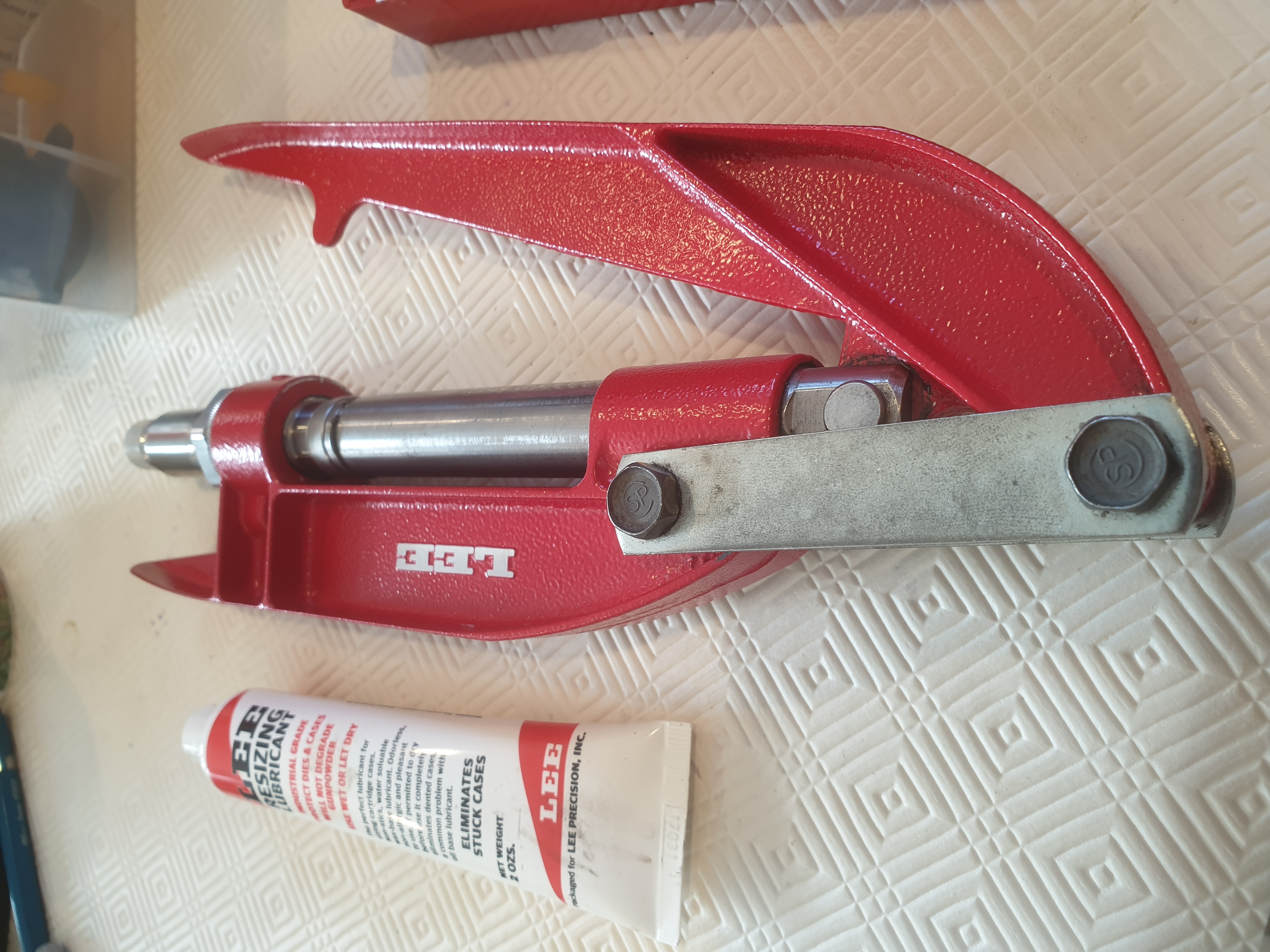
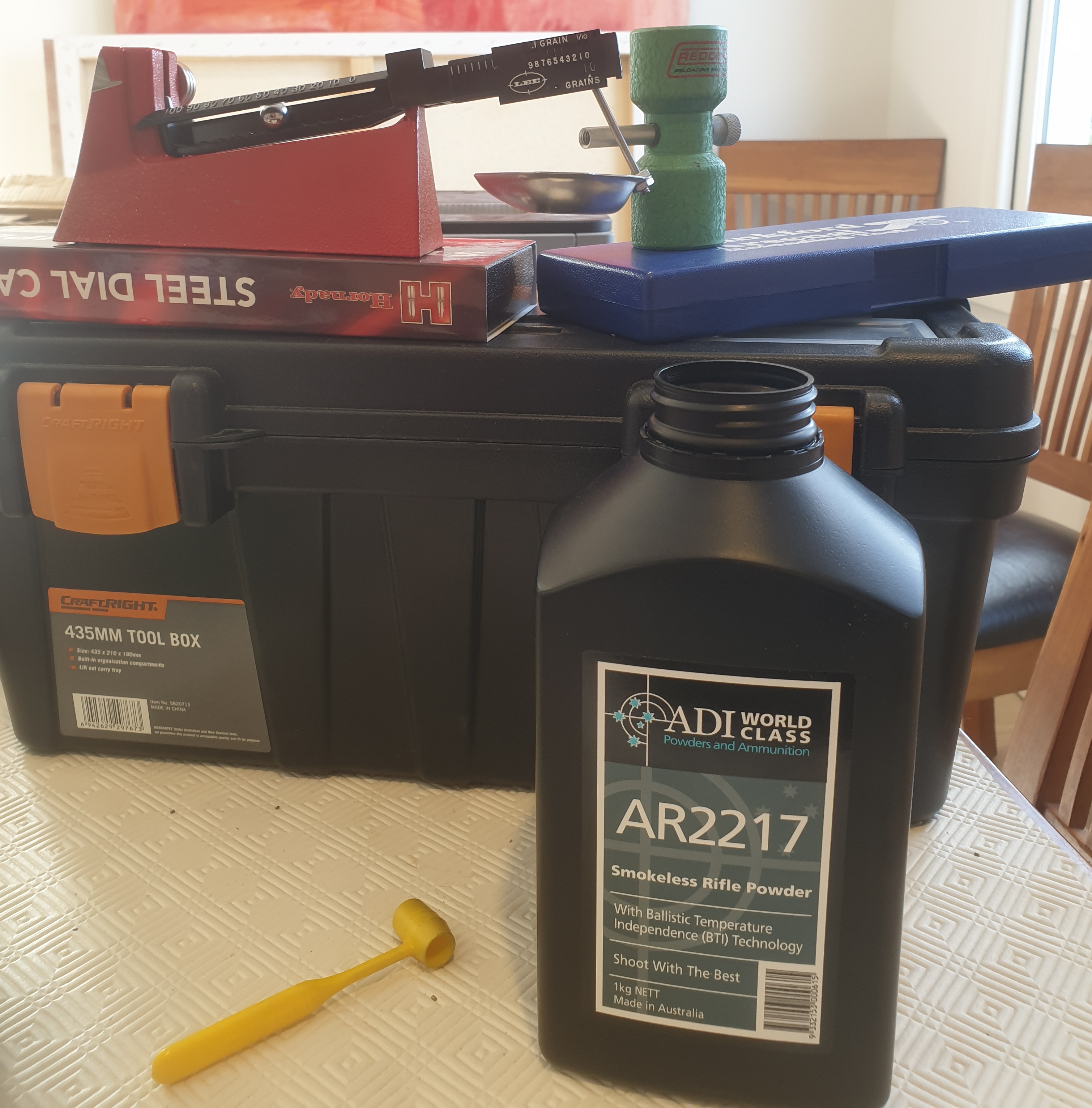
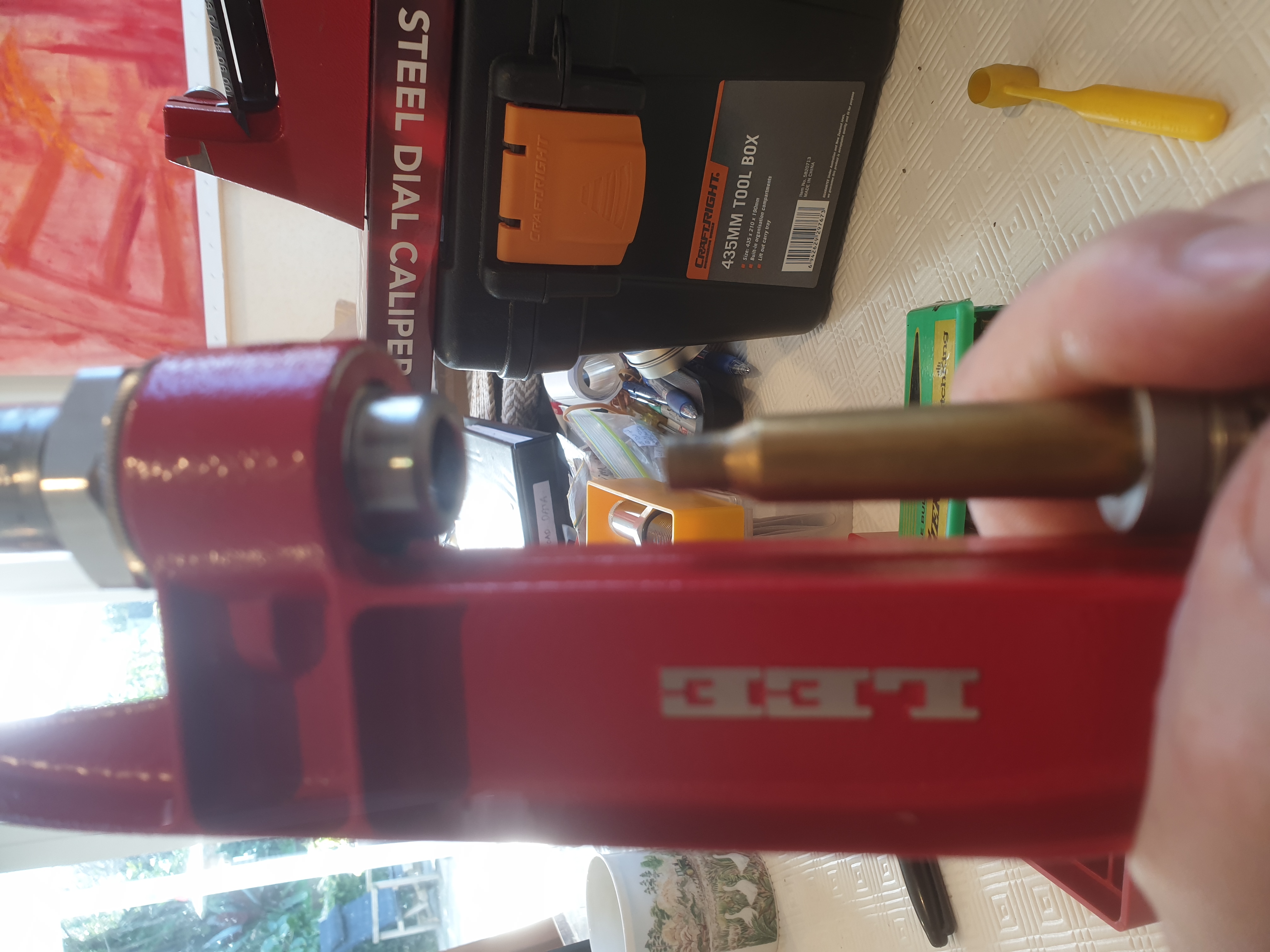
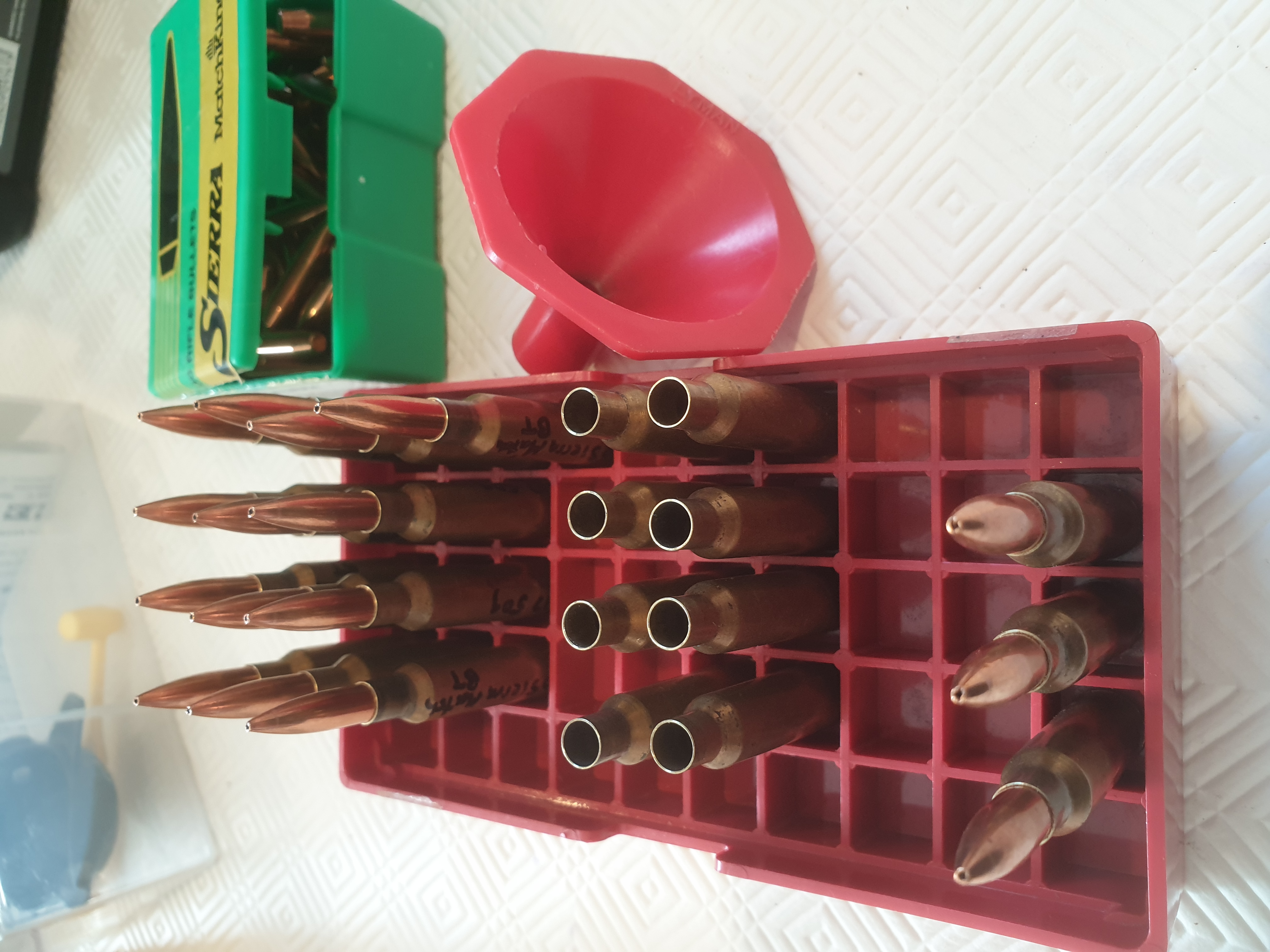





 Reply With Quote
Reply With Quote


Bookmarks